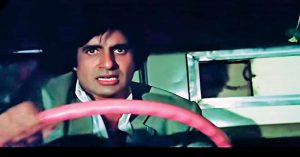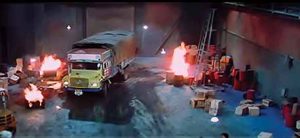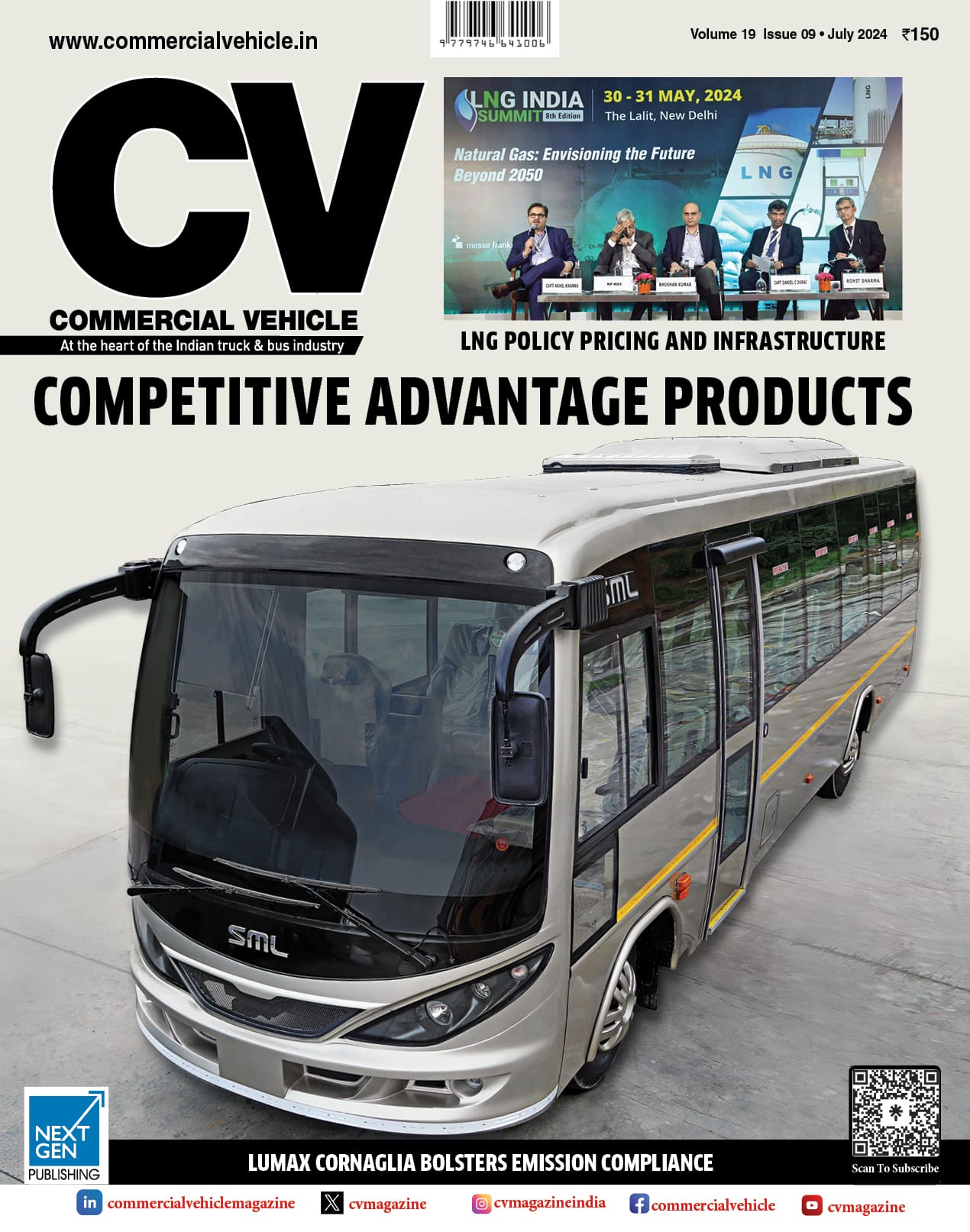In Bollywood, the 80s era is known for its versatility. From a mix of action to romance the 80s had it all. Released in October 1982, Shakti in literal sense means power. Aptly named, it was one of the first few iconic movies to set the tone for the rest of that decade with its powerful narration. Director Ramesh Sippy packed in genres of crime, action and drama in generous proportions for this potpourri. Remembered for a famous casting coup, Shakti had living legends, Dilip Kumar and Amitabh Bachchan share the same frame for the first and the last time. The performances drew more power from a surprise cameo by Tata Motors’ popular 1210 semi-forward truck series. The Tata 1210 especially left a lasting impression in the scene where J K Verma (played by Amrish Puri) orders his goons to release his rival K.D. Narang’s (played by actor Kulbhushan Kharbanda) truck seized by them. This is at the behest of Vijay (played by actor Amitabh Bachchan) who has held Verma hostage as a revenge for the latter kidnapping him from his school years back. Once the truck reaches the warehouse, Vijay fights Verma’s goons to drive away with the fully loaded Tata 1210 truck back to Narang as planned.
 The Tata 1210 semi-forward variant of the truck made its way to the Indian roads in 1975, 11 years after the truck series first rolled out of the Jamshedpur plant in 1964. Playing an important role in the indigenisation exercise for the Original Equipment Manufacturer (OEM), the Tata 1210 is known to have paved the way for the OEM to penetrate other CV segments in India. This exercise undertaken by Tata Motors also assumes significance as it allowed the OEM to lower costs, shape up the supply chain, increase its profits and upskill the workforce. In the movie, it also highlights the era of ferrying cargo on a wooden bed. The Tata 1210 drew its power from a six-cylinder 4.6-litre OM 312 diesel engine rated for peak power of 90 hp at 2800 rpm and a torque of 277 Nm at 1400-1600 rpm. The engine is mated to a five-speed transmission. Brakes on the truck were hydraulically assisted by single chamber air pressure booster. Suspension on the truck was made up of semi-elliptic silicon-manganese leaf springs with hydraulic telescopic shock absorbers. The front had 12 leaves with the rear featuring wider and thicker 10 main leaves and seven auxiliary leaves. Vijay relied on the trucks’ manual steering to manoeuver the truck and escape unharmed as planned. Steering was of the recirculating ball type.
The Tata 1210 semi-forward variant of the truck made its way to the Indian roads in 1975, 11 years after the truck series first rolled out of the Jamshedpur plant in 1964. Playing an important role in the indigenisation exercise for the Original Equipment Manufacturer (OEM), the Tata 1210 is known to have paved the way for the OEM to penetrate other CV segments in India. This exercise undertaken by Tata Motors also assumes significance as it allowed the OEM to lower costs, shape up the supply chain, increase its profits and upskill the workforce. In the movie, it also highlights the era of ferrying cargo on a wooden bed. The Tata 1210 drew its power from a six-cylinder 4.6-litre OM 312 diesel engine rated for peak power of 90 hp at 2800 rpm and a torque of 277 Nm at 1400-1600 rpm. The engine is mated to a five-speed transmission. Brakes on the truck were hydraulically assisted by single chamber air pressure booster. Suspension on the truck was made up of semi-elliptic silicon-manganese leaf springs with hydraulic telescopic shock absorbers. The front had 12 leaves with the rear featuring wider and thicker 10 main leaves and seven auxiliary leaves. Vijay relied on the trucks’ manual steering to manoeuver the truck and escape unharmed as planned. Steering was of the recirculating ball type.




























